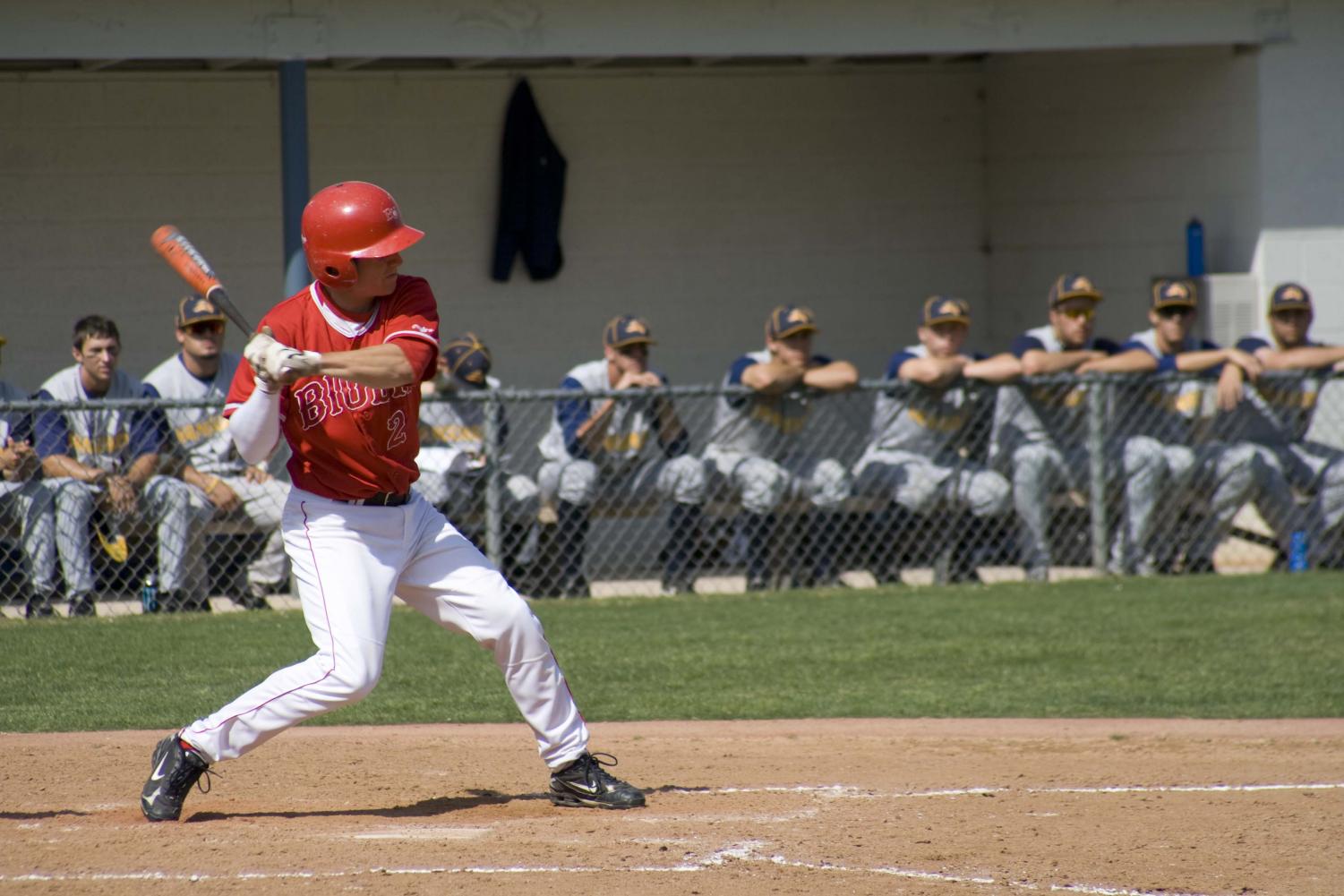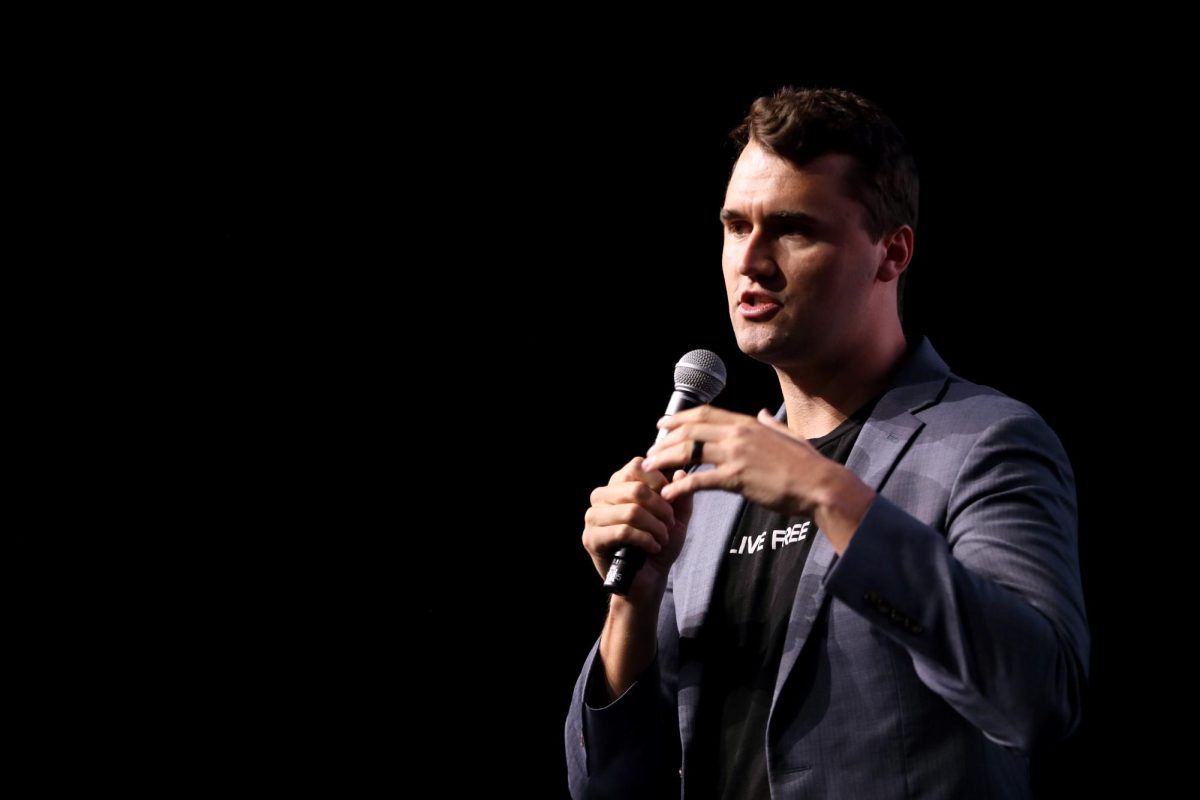CHICAGO (AP) — Volunteering has helped define a generation of young Americans who are known for their do-gooder ways. Many high schools require community service before graduation. And these days, donating time to a charitable organization is all but expected on a young person’s college or job application.
Even so, an analysis of federal data has found that the percentage of teens who volunteer dipped in recent years, ending an upward trend that began after the terror attacks of Sept. 11, 2001.
“They’re still volunteering at higher rates than their parents did,” says Peter Levine, director of Tufts University’s Center for Information & Research on Civic Learning & Engagement, also known as CIRCLE.
But, he adds, there’s been “a loss of momentum,” which he hopes recent passage of the federal Serve America Act will help address.
CIRCLE researchers used data from the Census Bureau’s Current Population Survey for their study, which was released Thursday and funded, in part, by the Corporation for National and Community Service. They found that one in three teens, age 16 to 18, volunteered in 2005, representing a peak in community service for all age groups since the survey began tracking volunteerism in 2002.
In 2006, however, that rate dropped to 29 percent and then to 28 percent in 2007, the most recent year for which data is available. Those are the lowest percentages for that age group since the data has been collected and just one percentage point higher than adults 25 and older each of those years.
Separate market research done for VolunteerMatch, an online site that links visitors with about 63,000 nonprofit groups, found a similar decline in queries from under-18 users.
But many agree that the reasons behind such numbers are more complicated than young people simply losing interest in giving back, especially in an era when so many worked without pay for the Obama campaign, while some who can’t find jobs are volunteering to make use of their time and talents. Some nonprofit directors confirm that they’ve seen a surge in people seeking to volunteer since the recession hit.
“It’s not just the incredible disappearing teen volunteer,” says Robert Rosenthal of San Francisco-based VolunteerMatch.
CIRCLE researchers note a drop in funding in recent years for youth-oriented service programs such as AmeriCorps, which will receive new Serve America Act money next year.
Nonprofits have struggled, too.
Project Sunshine, an organization founded by a college student in 1998, has more than 10,000 volunteers who visit hospitalized children. More than half of those are 22 or younger, and hundreds more have asked about volunteering in recent months, says executive director Beatrice Kernan.
“We hate to turn down new interest, but we’re in a position of having to put this new interest on hold,” she says, citing recent staff layoffs.
The difficult job market has caused some young people to look at AmeriCorps and service-oriented Teach for America, which recruits educators for low-income urban and rural areas. But even those opportunities can be elusive.
“One of my best students got wait-listed for Teach for America — and I thought holy cow!” says Deborah Halperin, a volunteer coordinator at Illinois Wesleyan University.
Other students, she says, are trying to finish college early to find jobs or setting aside volunteer aspirations to work part time while still in school.
Diallo Burke, an 18-year-old college freshman from College Park, Ga., did the latter in high school.
He was a volunteer math tutor in seventh grade. “But my volunteer hours and participation started to drop in high school, and my main reason for this was money,” says Burke, who cut way back on volunteering to work at McDonald’s.
Now a prelaw major at Bard College at Simon’s Rock in Massachusetts, he’s finally volunteering again, this time at a local community center. “It feels good,” he says.
The CIRCLE study found wide differences in youth volunteering rates, state to state.
Vermont, North Dakota, Alaska, Utah and Washington were among those with the highest percentages of 16- to 18-year-olds (all above 40 percent, when combining the 2006 and 2007 samples).
Meanwhile, Nevada, Georgia, New Mexico, New York and South Carolina ranked among the lowest, with Nevada at about 14 percent and the others in the 20 percent range.
Increasing those rates would require more volunteer opportunities for lower-income teens, says Romero Brown, vice president of program and youth development services for the Boys & Girls Clubs of America, which is expanding its volunteer initiatives.
“They want to give back, but they often don’t know how,” Brown says.
For others, community service is a chore, says 16-year-old Ashley Hawkins, who volunteers in the rehab unit at Levindale Hebrew Geriatric Center and Hospital in Baltimore.
“Honestly, I think a lot of people my age feel like they have to do service hours. They’re like ‘Why do I have to do this?'” she says.
“But it really can be a life-changing experience.”







